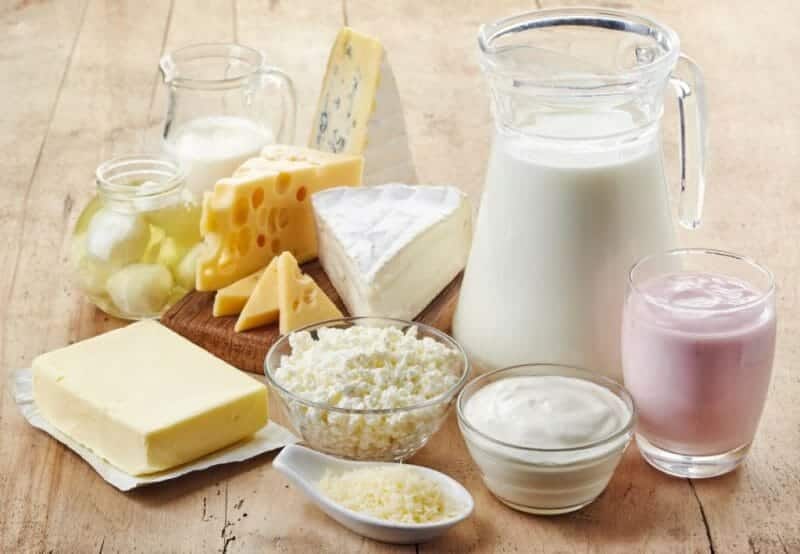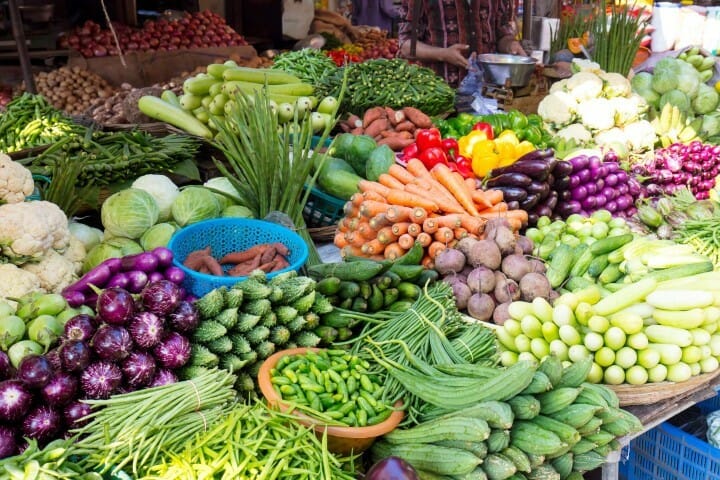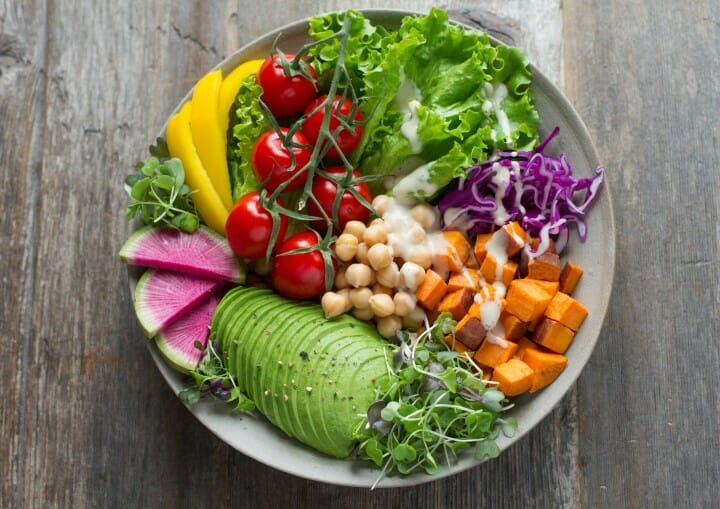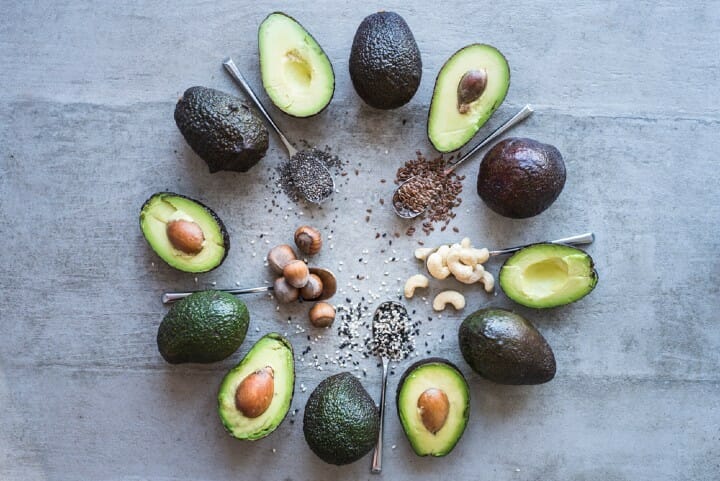“Is the Low Carb Vegetarian diet or Ketogenic way of life possible for vegetarians?”
This is a common refrain one gets to hear whenever there is conversation around this topic. The most common presumption people make about Keto or LCHF is that – one is require to eat meat; lots of it.
Yes, if you eat meat, then fantastic – you have access to very high-quality proteins. However, if you don’t eat meat, that is not a reason to worry or not opt for Low Carb diet! Keto and Low Carb is very much possible and sustainable for vegetarians too.
How do I make such a claim? Simple – from my own personal experience, I know it is doable. Some of my vegetarian clients have successfully boarded the LCHF wagon and overcome metabolic issues like diabetes. I know some vegans (yes that is another level altogether and may have to be another post) too who have managed to stay low carb for a long time. So, in this post, I’ll attempt to break down the Low Carb Vegetarian approach that can help you improve your metabolic health.
Table of Contents
Difference between Keto and Low Carb
You would have noted that I’ve used the terms Keto & Low Carb here. Low Carb High Fats (LCHF) is a broad umbrella term and allows for a carbohydrate restriction of <100g per day and a slightly more flexible approach. The Ketogenic diet on the other hand is a subset of LCHF and is highly restrictive of carbohydrates to <30g per day. Grains, starch, sugars and processed foods are eliminated in both these approaches.
How Keto and Low Carb Diet works
I’m assuming you already understand the concept of how the Keto dietary principle works, i.e., you eat enough below 25g of net carbs, so as to ensure that the body can start using fats as the source of energy. You eat enough protein so you can keep your muscles from degeneration or for forming new ones, depending on your level of workout. Also eat as much fats as permissible, that is my rule. I also assume you have already figured out your macros.
Read more here: How does the Keto Diet Work?
Sustaining a Low Carb Vegetarian Diet
Remember, the macro formula that works in the Low Carb vegetarian diet is:
High Fats + Moderate Proteins + Low Carbohydrates.
Now that we have established that Low Carb is practical and sustainable for vegetarians, let us understand how you can get started.
FATS
Fats are the easiest, so let’s start with that first. Remember fats are highly essential here because we are training our body to recognize and burn fats for fuel instead of being glucose (carbohydrate) reliant. By increasing healthy fats in our diet, we burn fats for energy.
Fats For Cooking:

Ghee
Let’s begin with the fats that should be used for cooking. There are 4 options you can choose from and I’ve listed them based on the order of priority.
- Virgin Coconut Oil (VCO)
- Coconut Oil
- Ghee
- Butter and
- Olive Oil.
In my opinion, Olive Oil is a fancy thing in our country. I also strongly believe in choosing items that are local to our environment. Considering that, my preference would be Coconut Oil, Ghee and Butter. VCO is also an excellent choice and is highly useful for even those people who have trouble digesting fats.
If you want to go fancier than Olive Oil, you can try and get Avocado oil. This is going to be a very tough find and extremely $$$ as it is not native to India.
Other Fats
- Avocados are the darling of the LCHF community. They are high in MUFA (Mono unsaturated Fatty Acids), fibre and many other micro nutrients. If you get good ones, you can add them to your meal. There are plenty of recipes out there in the form of salads, dips, desserts, etc.
- Coconut is another easy source of fats. You can either eat the white fresh meat, or have the dried version (kopra) or use the milk to make vegetable curries or stews.
- Nuts are the next easy source of fats. Most common ones are: almonds, walnuts (in India), pecans, macadamia and brazil nuts (outside India). They are very high in selenium, magnesium and fibre and make an excellent snack. You can also use Almond or Flax flours to make roti or bread.
- While Peanuts are generally avoided because technically it is a legume, I find that it doesn’t create much problems if had in moderate quantity and occasionally. However, if you are already suffering from inflammation or kidney stones it is best to avoid it as they are quite high in oxalate content.
- Seeds are similar to nuts and make a good snack. Pumpkin seeds are the most popular and highly recommended and they are very high in magnesium and potassium and reasonably decent source of iron. Other seeds that you can also include are chia, sesame, flax and sunflower.
Apart from giving us a good dose of healthy fats, nuts & seeds are a powerhouse of micro nutrients.
PROTEINS
The way I look at it, Protein is the only macro nutrients where it becomes slightly tricky. Once you become comfortable with this, you are set to take this forward.
Dairy Proteins
Proteins that are sourced from dairy also are top class and they get wholly absorbed by the body.

Dairy Proteins for Low Carb Vegetarian Diet
- Paneer becomes primary source of proteins. If making at home, choose to make it with high-fat milk. Typically, the Fat : Protein ratio in paneer is around 1.5:1 meaning, 100g paneer will have approximately 14-16g proteins & 23-25g fats. You can include 150-200g paneer per day.
- Cheese is the next big part of proteins. Mozzarella, Cheddar are very good options. The Fats:Proteins ratio is typically 1.25:1. You can add them to your salads, veggies, bake them or even munch on them for a snack. You can also choose the cheese cubes or slices when you are not able to lay hands on the above two options.
- Hung Curd is the next good option and very easy to make at home. Simple put some curd in a muslin cloth or thin cotton cloth and let it drain for a couple of hours. The drained whey will contain most of the carbs and remaining portion will be rich in proteins & fats.
Other Sources of Proteins:
- Nuts & seeds. They contain an average amount of 6-8g proteins in each serving of 30g.
- Legumes: If you do not have insulin resistance or are not very glucose intolerant, you can also include some sprouts and a couple of legumes like Black Chana (black chickpeas) and Rajma. You might have to manage your carbs on days you consume them. These are still high in carbs, so keep these to a low level too.
- Vegetables: A few vegetables can also contribute to your protein count like broccoli, peas and beans.
- Finally, there is Tofu. I don’t advocate this much as I’m not a big fan of Soy. Soy is proven to create many metabolic imbalances & inflammations in our body. So, I won’t advocate tofu. But fermented soy like Tempeh or Natto is a much better option. Avoid Soy milk or curd. Nevertheless, keep soy consumption to the minimum.
Whey Protein Isolate:

Whey Protein supplement
This is a good supplement to add when you fall short of your protein goals. Do ensure to buy only Whey protein as the other sources of proteins are of much lower quality than Whey. Choose the isolate version to ensure you get maximum amount of proteins with least amount of carbs; usually <2g per serving.
How Much Protein on a Vegetarian Low Carb Diet?
Proteins are key to a healthy body. So, you will need to definitely increase the quantum of proteins from what you are consuming now. You can go upto 1.5g of protein per kg of ideal body weight. If you are not used to high quantities of proteins, you can start with 1g/kg of ideal body weight and gradually increase it from there.
CARBOHYDRATES

Low Carb Indian Veggies
Carbs are a lot easier, and it is really no different from what a non-vegetarian would eat. Make sure 90-95% of your carbs comes from vegetables. You can eat all the low carb vegetables you like: Zucchini, broccoli, cabbage, cauliflower, pumpkin, beans, parwal, tendli, kantola, All kinds of greens, Brussel sprouts, gourds of all varieties, squashes of all variety.
Though generally people advice not to eat things grown underground, I have found some veggies which I am happy to eat-radish, khol khol, jicama. These are just a few examples. I am not giving a list and making you people lazy. It is very easy to figure out if you can eat a particular thing or not. If it is a vegetable, see what is the carb content. How do you do that, very simple, Google the ingredient by adding “nutrition” asking with it and you will get the USDA info on the right-hand side of the page. Can’t go much wrong if you have that.
As a thumb rule just avoid starchy tubers and high sugar beetroot and you should be good to go.
How do you decide what to eat?
There is no set method and it differs from person to person. To start with begin with at least 300-350g of vegetables and go from there. This should come to around 20-25g carbs. A few more will add in from the other ingredients. Contrary to popular perception that says Keto doesn’t allow for much veggies, Keto or LCHF advocates eating as much vegetables as possible. I definitely eat more vegetables now than what I used to before I began my LCHF journey.
You can cook the vegetables in any style you wish. At the end of the day, just ensure that your net carbs do not cross 40g if you opt for Keto & 75g if you opt for Low Carb.
Make Proteins your Hero
Let me add a point that will truly help you in your journey towards better health.
Ensure that your meal is around a protein – paneer, tofu, cheese, hung curd & nuts. That should be the main & rest should be accompaniments. This will ensure satiety and also take care of banishing away the unwanted cravings.
Before I conclude this article and leave you to get started, remember it will take time to adapt to the new style of eating. Allow room for errors at the beginning, and have some patience, but, do not give up. You will slowly start seeing the improvements in your overall health.
If you are looking for personalized guidance, get in touch with us and we will definitely lend you a hand in making the transition to Low Carb Vegetarian diet pleasurable and easy.

